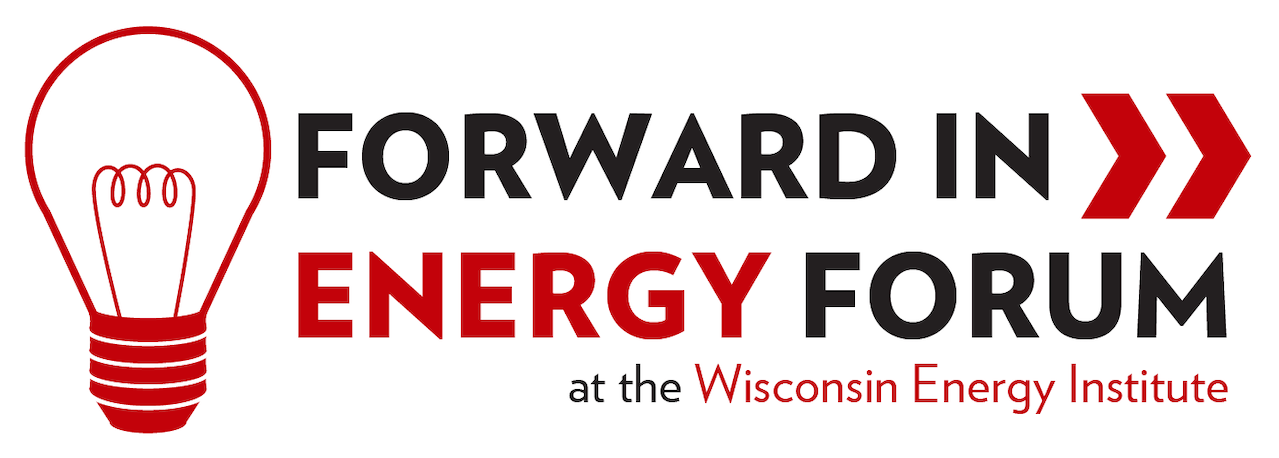
Description
This summer's wildfires were a stark reminder of the links between air quality and a warming planet. Fortunately, many clean energy solutions to address climate change also improve air quality, especially for marginalized communities who are disproportionately harmed by air pollution. Join us on Wednesday, October 27 from 4:30–6:00 p.m. to learn about the major sources of air pollution in Wisconsin, the communities most affected, and the potential for a multisolving approach to address air quality, climate, and equity concerns.
Moderator
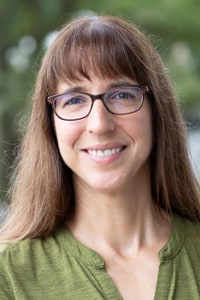 Carol Barford
Carol Barford
Associate Scientist and Director, Nelson Institute Center for Sustainability and the Global Environment, UW–Madison
Carol Barford is an associate scientist and the director of the Nelson Institute Center for Sustainability and the Global Environment (SAGE). Her work centers on agriculture, food, environmental quality, and related risks. Before joining SAGE, Barford completed a BA in biology and a MS in ecology at Boston University, and a PhD in environmental engineering at Harvard University.
For her PhD thesis, Barford measured nitrogen stable isotope effects of denitrification and applied the results to track nitrous oxide production in agriculture and wastewater. Barford also held a postdoctoral position in atmospheric chemistry at Harvard, where she studied forest carbon cycling. Her synthesis of biometric and atmospheric methods of measuring forest carbon balance appeared in the journal Science.
Speakers
Gail Good
Air Management Program Director, Wisconsin Department of Natural Resources
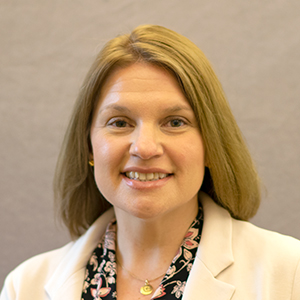
Gail Good is the Director of the Air Management program at the Wisconsin Department of Natural Resources. She began this role in October 2015 after serving for 3 years as the Air Monitoring Section Chief and 12 years as a dispersion modeler in the Permit program at WDNR. In addition, Gail is active in the National Association of Clean Air Agencies, serving as a co-chair of the Emissions and Modeling Committee. She is also serving a second term to the federal Clean Air Act Advisory Committee. Gail has an M.S. in Atmospheric Science and an M.S. in Air Resources Management from the University of Wisconsin – Madison.
Tracey Holloway
Gaylord Nelson Distinguished Professor of Environmental Studies & Atmospheric and Oceanic Sciences
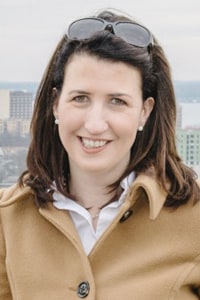
Tracey Holloway is the 2017-2021 Gaylord Nelson Distinguished Professor at the University of Wisconsin—Madison, jointly appointed in the Nelson Institute for Environmental Studies and the Department of Atmospheric and Ocean Sciences.
Tracey describes herself as an air quality scientist, working at the intersection of air quality, energy, climate, and public health. She serves as the Team Lead for the NASA Health and Air Quality Applied Sciences Team, which connects NASA data with stakeholder interests in air quality management and public health. Tracey also leads efforts to promote the Energy Analysis and Policy (EAP) graduate certificate program in the Nelson Institute. The Energy Analysis and Policy graduate certificate is the only energy-related graduated certificate at UW-Madison. Tracey is a co-founder and served as the first President of the Earth Science Women’s Network “ESWN”, which has a mission of supporting the scientists of today and welcoming a diverse community of scientists for tomorrow. She was the first-ever recipient of the MIT C3E Award in Education and Mentoring, a Stanford University Leopold Leadership Fellow, an AAAS Leshner Leadership Fellow, a TEDx speaker, was awarded the 2018 UW-Madison Undergraduate Research Student Mentoring Award, and she was profiled in Nature for her work with ESWN.
Christopher Tessum
Assistant Professor of Civil and Environmental Engineering, University of Illinois at Urbana-Champaign
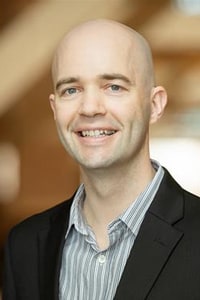
Dr. Christopher Tessum is an Assistant Professor in the CEE department at UIUC. His research focuses on modeling air pollution and its health impacts, quantifying inequities in the distribution of those impacts, and proposing and testing solutions. He studies the relationships between emissions, the human activities that cause them, and the resulting health impacts, and he develops modeling capabilities to enable these types of analyses.
Before joining UIUC, Dr. Tessum was a research scientist in the Department of Civil and Environmental Engineering at the University of Washington in Seattle and a postdoctoral researcher in the Department of Bioproducts and Biosystems Engineering at the University of Minnesota. He received a Ph.D. (2014) in Civil, Environmental and Geo- Engineering, and a B.M.E. in Mechanical Engineering (2006), from the University of Minnesota.
Langston Verdin
Director of Health Strategy, City of Milwaukee Health Department
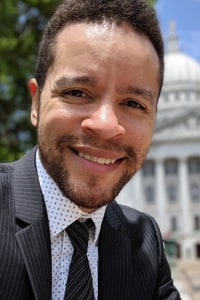
Langston leads a dynamic team to advance community engagement, systems innovation, and policy strategies aimed at meeting the overall mission and goals of the City of Milwaukee Health Department. Previously, he served as director of strategic partnerships at the Children's Health Alliance of Wisconsin. In this role, he built community-based partnerships to improve asthma management, enhance quality of life, reduce disparities and prevent asthma-related deaths. In addition, he oversaw the management of the Wisconsin Asthma Coalition, a diverse group comprised of more than 250 members spanning various professions statewide.
Langston has over 15 years of experience in public health and is committed to creating environments where children and families thrive. He received his Master of Public Health degree from the University of Wisconsin-Milwaukee’s Zilber School of Public Health with a focus on public health policy and administration and is an alumnus of Marquette University’s Future Milwaukee program.
Langston has a passion for community justice and is co-founder of Milwaukee’s Summer of Peace initiative. Established in 2002, this youth led non-violence program has touched the lives of tens of thousands of children and recently expanded with an annual peace summit on Chicago’s Southside.
